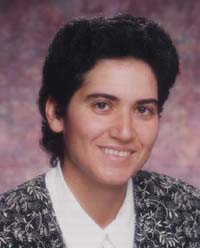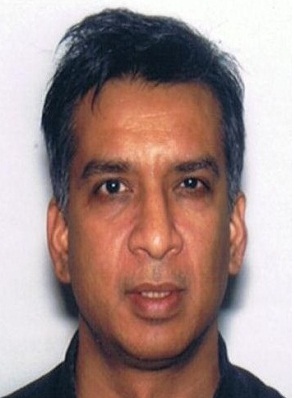I was scanning old newspapers. I was struck with flame's advertisement. Later I searched the internet and found the website. Then I went to the section Mass Media Campaign and then I clicked the mouse. After a while it displayed colourful illustrations via Flash software. It is not possible to copy. So I used all types of tricks to take a sample illustration. This happened on 25th Dec 2011.
Their Motto
Benefit from our nation-wide print campaign to demystify the financial literacy concepts through simple and colourful illustrations
My Motto
Benefit the upcoming technologist/Scientist to understand Digital Image Processing concepts through simple and colourful illustrations.
1. Simple to understand
2. Downloadable easily. (i.e. consume less file size)
3. Should have Creative Common Licence (i.e. No copyright problems)
http://flame.org.in/
Their Motto
Benefit from our nation-wide print campaign to demystify the financial literacy concepts through simple and colourful illustrations
My Motto
Benefit the upcoming technologist/Scientist to understand Digital Image Processing concepts through simple and colourful illustrations.
1. Simple to understand
2. Downloadable easily. (i.e. consume less file size)
3. Should have Creative Common Licence (i.e. No copyright problems)
http://flame.org.in/















